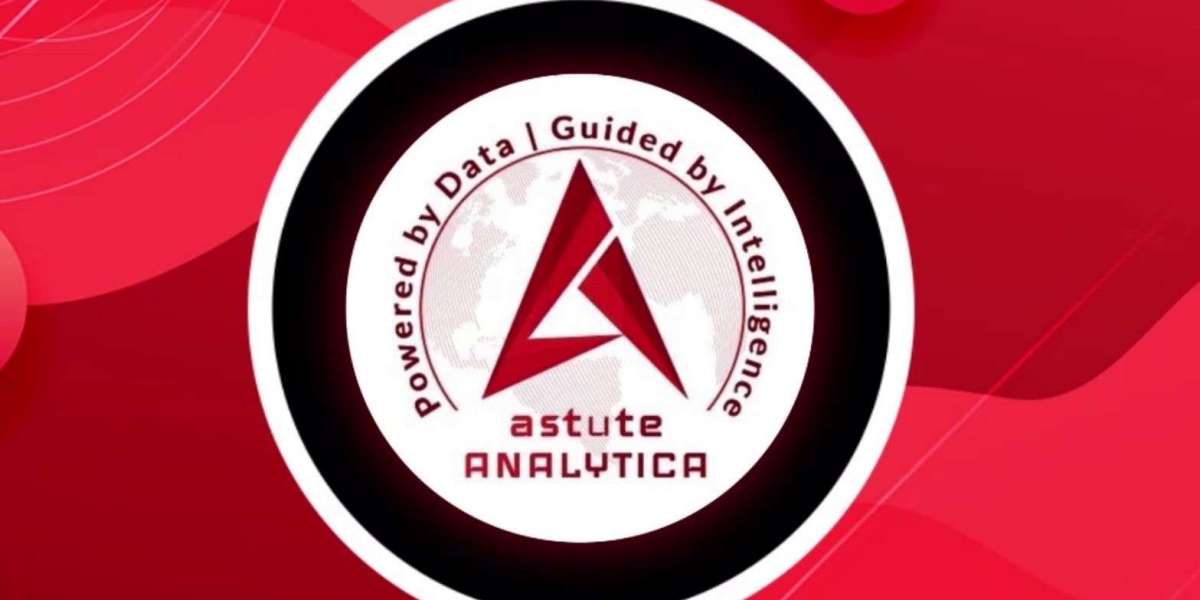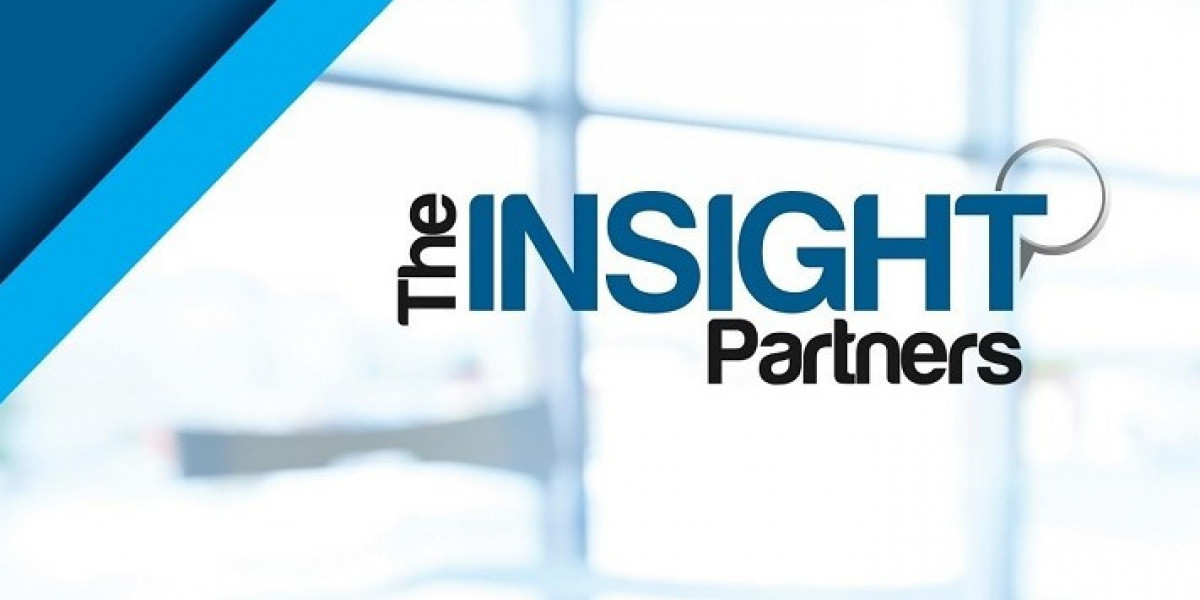In the ever-evolving landscape of financial crimes, Anti-Money Laundering (AML) software has become an essential tool for financial institutions. These solutions play a crucial role in identifying and mitigating risks associated with money laundering and other illicit activities. With regulatory bodies tightening their grip and financial criminals becoming more sophisticated, selecting the right AML software is more critical than ever. This guide will help you navigate the complexities of choosing the best AML software by highlighting key features and important considerations.
Understanding AML Software
AML software is designed to detect, prevent, and report suspicious activities related to money laundering. These tools have evolved from basic rule-based systems to advanced AI-driven solutions that can analyze vast amounts of data and identify complex patterns indicative of financial crimes. Understanding the primary functions of AML software is the first step in selecting the right solution for your institution.
Key Features of Effective AML Software
1. Real-Time Transaction Monitoring
Real-time transaction monitoring is crucial for promptly identifying and addressing suspicious activities. Effective AML software continuously scans transactions against predefined criteria, ensuring that potential money laundering activities are detected as they occur.
2. Automated Alerts and Notifications
Advanced algorithms reduce the number of false positives, ensuring that compliance teams focus on genuine threats. Automated alerts and notifications help institutions respond quickly to suspicious activities, minimizing the risk of financial crimes.
3. Customer Risk Profiling and Due Diligence
Creating detailed risk profiles for customers is essential for effective AML compliance. AML software should provide tools for thorough customer due diligence (CDD), including risk assessment based on factors such as transaction patterns, geographical location, and customer history.
4. Regulatory Reporting and Compliance Management
Simplifying the process of generating compliance reports is a significant benefit of AML software. These tools should help institutions adhere to various regulatory requirements by automating the reporting process and ensuring that all necessary documentation is accurate and up to date.
5. Integration Capabilities
Seamless integration with existing systems, such as core banking platforms and Customer Relationship Management (CRM) systems, is vital. Effective AML software should easily integrate with other systems to provide a comprehensive view of customer activities and enhance overall compliance efforts.
6. Data Analysis and Pattern Recognition
Leveraging big data and artificial intelligence (AI) for detecting complex money laundering schemes is a game-changer. AML software with advanced data analysis capabilities can identify unusual patterns and behaviors that may indicate illicit activities, providing a deeper level of insight.
7. User-Friendly Interface
An intuitive and easy-to-use interface is essential for compliance teams. A user-friendly design enhances efficiency, reduces the learning curve, and ensures that teams can effectively use the software without extensive training.
Considerations for Selecting AML Software
1. Scalability
As your institution grows, so too should your AML software. It’s essential to choose a solution that can handle increased transaction volumes and adapt to changing regulatory requirements without compromising performance.
2. Cost and ROI
Balancing upfront costs with long-term benefits is critical. While AML software can be a significant investment, the return on investment (ROI) in terms of reduced financial crime risk and compliance costs can be substantial.
3. Vendor Reputation and Support
Evaluating the credibility and reliability of software vendors is important. Look for vendors with a proven track record in the financial industry and robust support systems to ensure ongoing assistance and updates.
4. Customization and Flexibility
Every financial institution has unique needs. The best AML software should be customizable to meet specific requirements and flexible enough to adapt to evolving compliance landscapes.
5. Regulatory Compliance and Certification
Ensure that the software complies with global and local regulations. Industry certifications and endorsements can be indicators of a reliable and compliant solution.
Case Studies and Success Stories
Many financial institutions have successfully implemented AML software, leading to significant improvements in their compliance efforts. For example, a mid-sized bank reduced its false positive rate by 40% within the first year of implementing an advanced AML solution, freeing up resources and enhancing its ability to detect genuine threats. Another large international bank integrated its AML software with its core banking system, resulting in a more streamlined and efficient compliance process.
Future Trends in AML Software
Emerging technologies are set to revolutionize AML compliance further. AI and machine learning continue to enhance the accuracy and efficiency of AML solutions, while blockchain technology offers potential for greater transparency and security in financial transactions. Staying updated with these technological advancements will be crucial for financial institutions aiming to stay ahead of financial criminals.
Conclusion
Choosing the best AML software involves understanding key features, considering crucial factors, and staying informed about future trends. Effective AML software should offer real-time transaction monitoring, automated alerts, comprehensive customer risk profiling, and seamless integration capabilities. Scalability, cost-effectiveness, vendor reputation, customization options, and regulatory compliance are essential considerations.
Incorporating tools like sanctions screening software, Deduplication Software, and Data Cleaning Software can further enhance your institution’s compliance efforts. By carefully selecting and implementing the right AML software, financial institutions can not only ensure regulatory compliance but also protect themselves from financial crimes, ultimately fostering a more secure financial environment.








